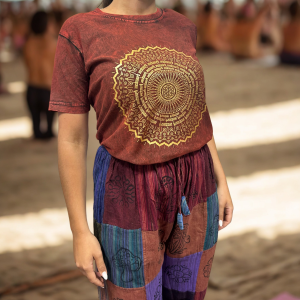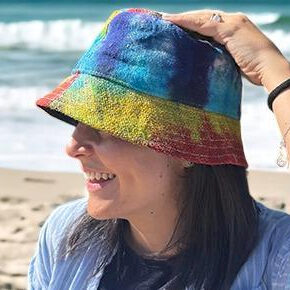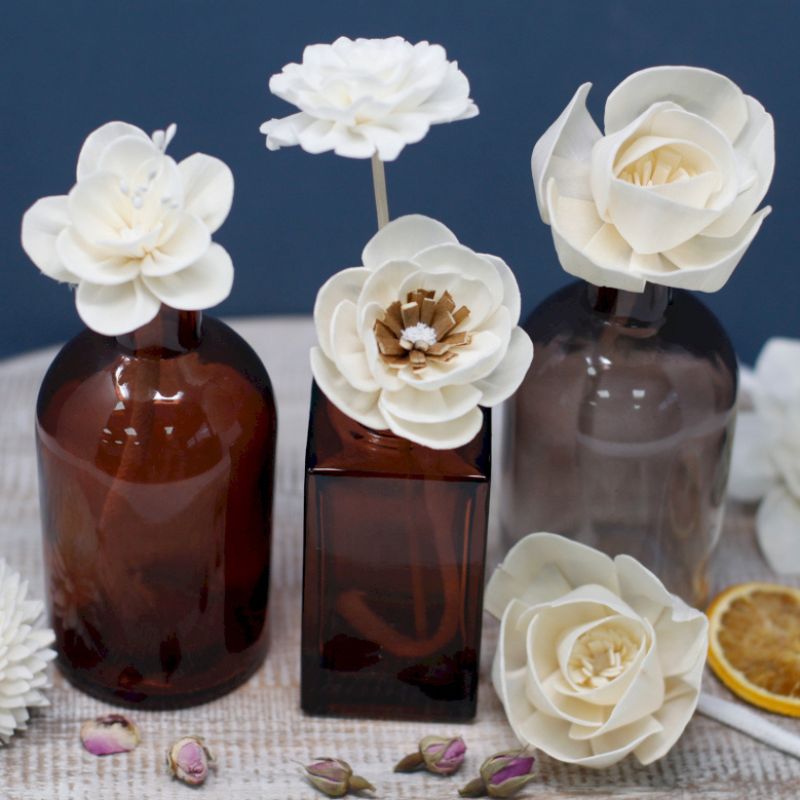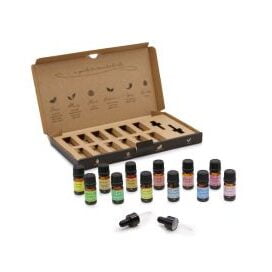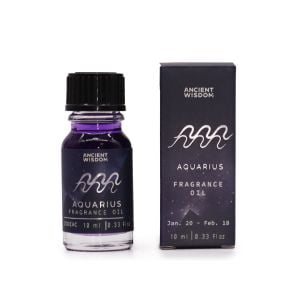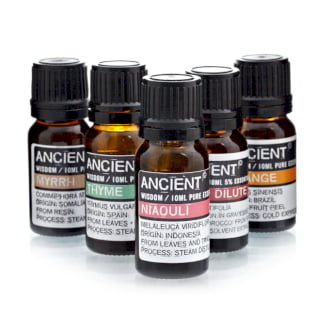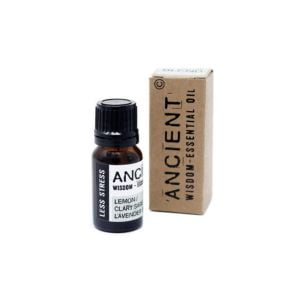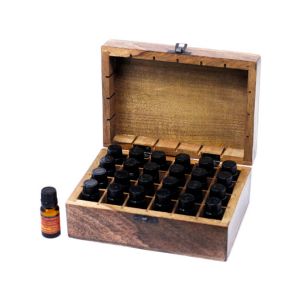looking back at essential oil diffusers
The use of aromatic plants for their therapeutic properties can be traced back for centuries. Ancient Egyptians, Greeks, and Chinese cultures, for example, all employed various methods to harness the power of scent.
The earliest forms of diffusers were simple and practical. Egyptians burned fragrant resins and woods, the Greeks used ceramic lamps filled with water and essential oils, relying on heat to release the fragrant molecules, and in China, the invention of the incense burner around 2nd century BCE allowed for the controlled burning of aromatic materials.
the rise of modern diffusion
The 20th century witnessed a renewed interest in essential oils and n aromatherapy. French chemist René-Maurice Gattefossé coined the term “aromathérapie” in 1937, sparking a wave of scientific exploration into the therapeutic potential of essential oils.
This period also saw the development of the first modern diffusers, relying on simple methods like heat or evaporation.
- Candle warmers use the heat from a candle to gently warm a dish containing essential oils.
- Reed diffusers, and flower diffusers, utilise reeds to draw oil upwards, allowing it to slowly evaporate into the air.
the place for aromatherapy in the modern home
Essential oils like lavender, chamomile, and bergamot have calming properties, promoting relaxation and reducing stress levels. Diffusing these oils can create a peaceful ambiance, aiding sleep and overall well-being.
Uplifting scents like citrus, peppermint, and rosemary can enhance mood and focus. Diffusing these oils can be particularly beneficial during work hours or in the morning to create an invigorating atmosphere.
Certain essential oils like tea tree and lemongrass possess natural antibacterial properties, and whilst not a replacement for air purifiers, diffusing these oils can help combat unpleasant odours and promote a fresher-smelling environment.
Some essential oils offer natural relief for minor discomforts. Eucalyptus oil can help clear congestion, while peppermint oil can ease headaches and nausea. However, it’s important to consult a healthcare professional before using essential oils for therapeutic purposes.
Modern diffusers are not just functional, they can also be aesthetically pleasing, coming in various designs, materials, and sizes to integrate into any home décor.
the future of diffusion
As research into the benefits of essential oils continues, the future of essential oil diffusers appears bright.
Whilst technological advancements are applied to the atomisers and heaters, there will always be a place for the more traditional reed diffuser, playing an increasingly significant role in creating a healthier and more fragrant modern home.
essential oil diffusers
The use of aromatic plants for their therapeutic properties can be traced back for centuries. Ancient Egyptians, Greeks, and Chinese cultures, for example, all employed various methods to harness the power of scent.
Whilst technological advancements have been applied to the atomisers and heaters, there will always be a place for the more traditional reed diffuser, playing an increasingly significant role in creating a healthier and more fragrant modern home.



















